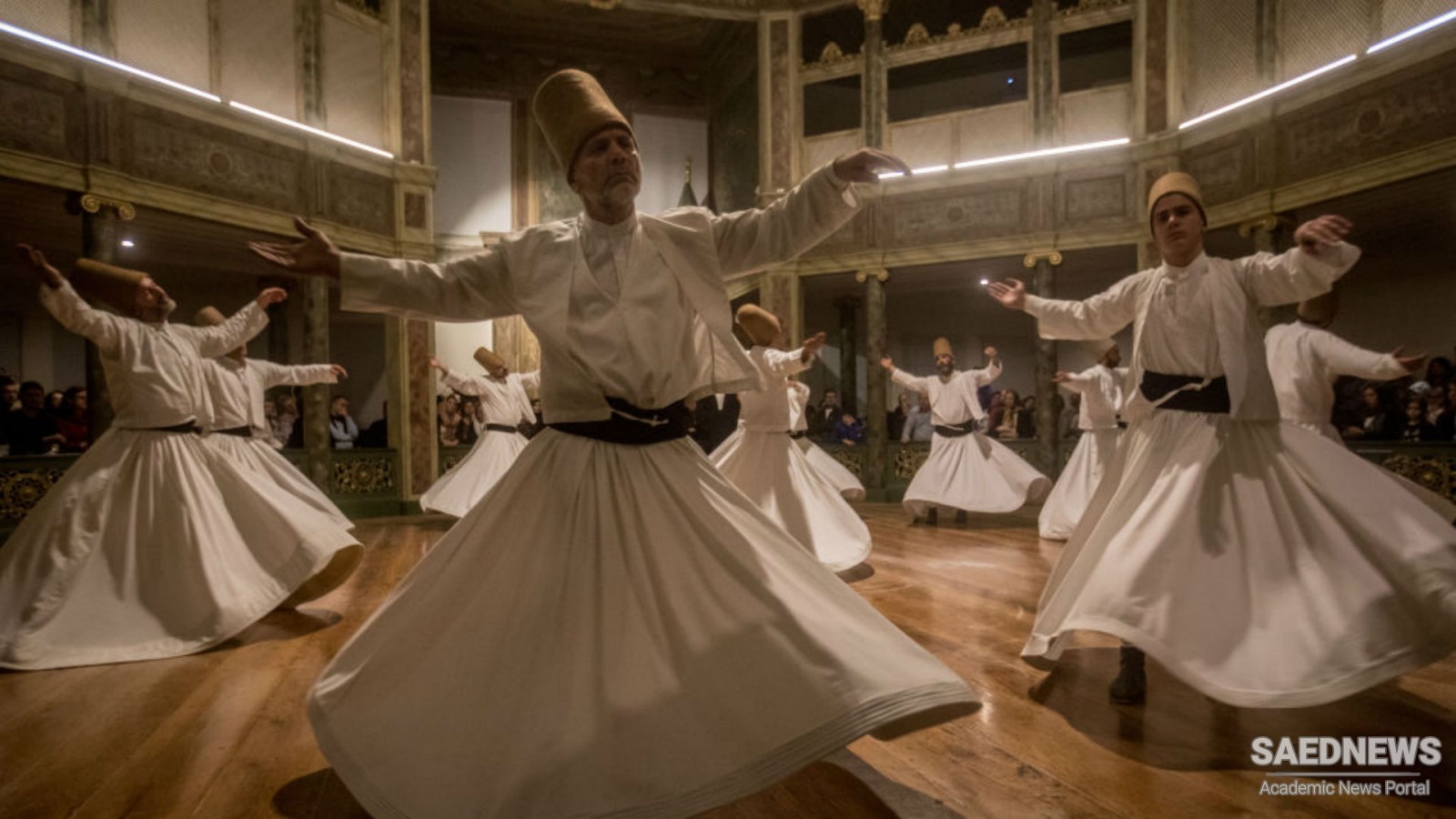The prototype of Sufi life is the life of the Prophet, and no group throughout Islamic history has loved him as intensely and sought to emulate his wonts and deeds as fervently as Sufis. The virtues that Sufis extol and with which they seek to embellish their souls are those of the Prophet, whose Nocturnal Ascent, as already mentioned, is the prototype of all spiritual ascent and realizations in Sufism. The esoteric teachings of Islam were transmitted by him to a few of his companions.
Foremost among them was ‘Ali, who is the link between the Prophet and almost all of the Sufi orders in the initiatic chain (al-silsilah), which relates every Sufi generation back to the Prophet. A few of the other companions, such as Abu Bakr and Salman al-Farsi, the first Persian to embrace Islam, also played an important role in the early history of this esoteric teaching, which began to be called al-ta awwuf in the second/eighth century. The most important figure after this early generation, who connects its members to the Sufis of the second/eighth century, was the great patriarch of Basra, asan al-Ba r , who had many students, including the famous woman Sufi saint and poet from Basra, Rabi‘ah al-‘Adawiyyah.
Following the period of the Mesopotamian ascetics and Sufis that occurred immediately after asan, gradually two distinct schools of Sufism developed. These schools were associated with Baghdad and Khurasan, each of which produced many illustrious Sufis, the first being known more for its “sobriety” and the second for its “drunkenness.” At this time Sufis gathered around individual masters, and their organization was quite loose and informal.
The most famous circle of this kind in the third/ninth century was that of Junayd of Baghdad, who had numerous disciples, including the celebrated Mansur al- Hallaj, who was put to death as a result of political intrigue but on the specific charge of religious heresy for having uttered in public, “I am the Truth (ana’l- Haqq)”—al- aqq being one of the Names of God. Khurasan also produced numerous masters whose fame has continued to this day, including the great saint B yazid al-Bastami.
It was also from there that the intellectual defense of Sufism vis-à-vis the jurists, exoteric scholars, and theologians was to be carried out in the fifth/eleventh century by the famous Persian theologian and Sufi Ab mid Muhammad al-Ghazzali. It was also the land from which Persian Sufi literature—a literature that changed the spiritual and religious landscape of much of Asia—was to rise, reaching its peak with Jalal al-Din Rumi in the seventh/thirteenth century.


 Sufi Doctrine in Islam: An Aperture towards Spiritual Beauties of Islamic Culture
Sufi Doctrine in Islam: An Aperture towards Spiritual Beauties of Islamic Culture














































